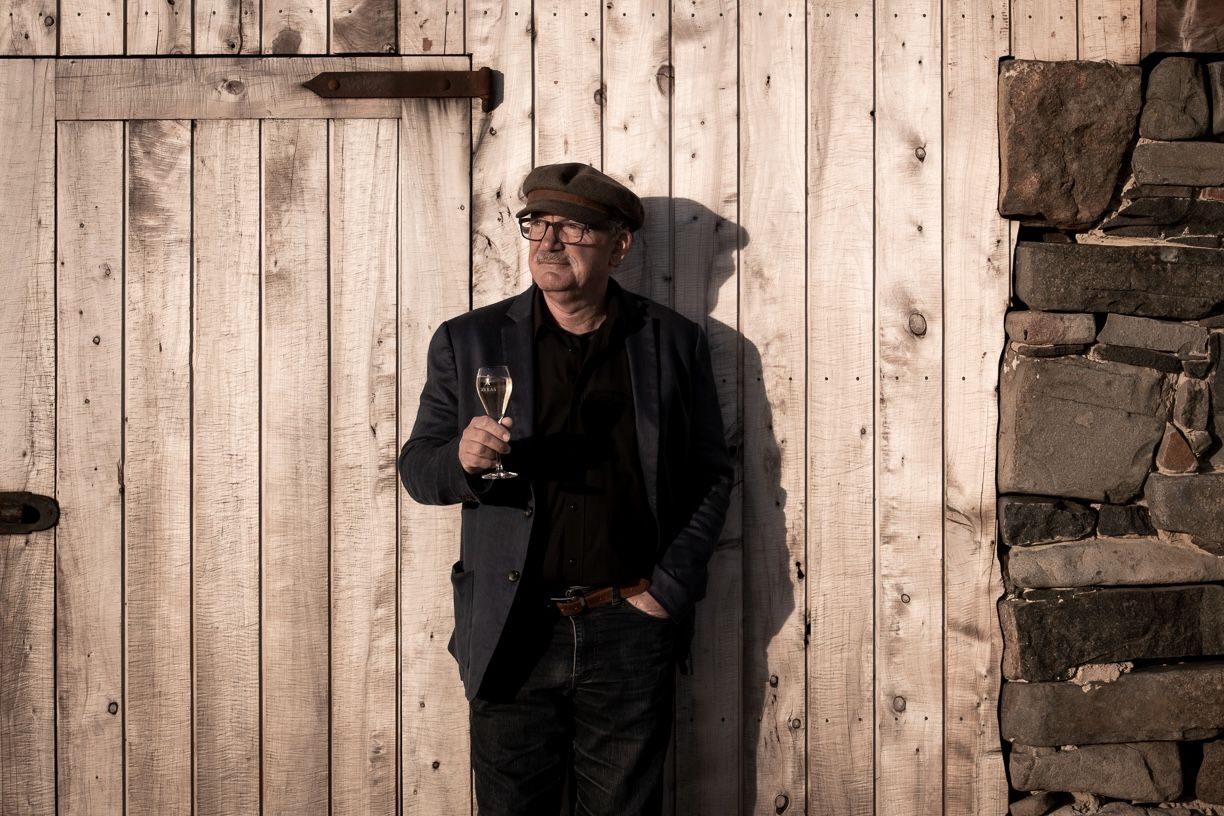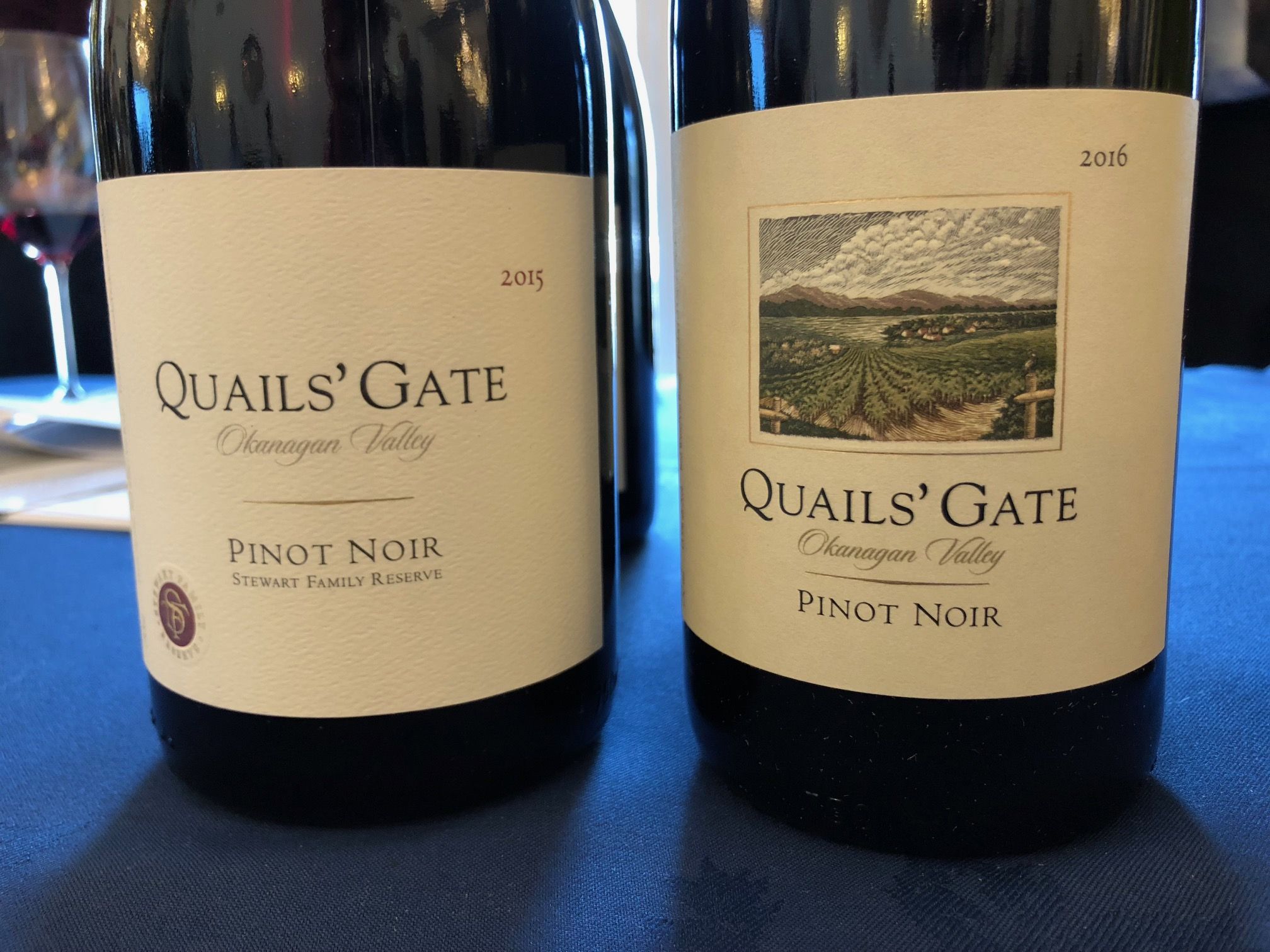Château de Haute-Serre’s new wine Lucter is 100% Malbec, however, the silky soft texture is achieved, most impressively, by whole bunch fermentation and the gentlest of extractions, writes Field.
The Rhône Valley has the incomplete and oddly unsatisfying bridge at Avignon; the Languedoc has the predominantly rebuilt and therefore hardly authentic walled city of Carcassonne. Cahors, by contrast, is the real deal – the Pont Valentrédates from 1378 is one of the world’s finest medieval bridges and the gothic and romanesque splendor of the cathedral is a thing of beauty. Well worth a visit!
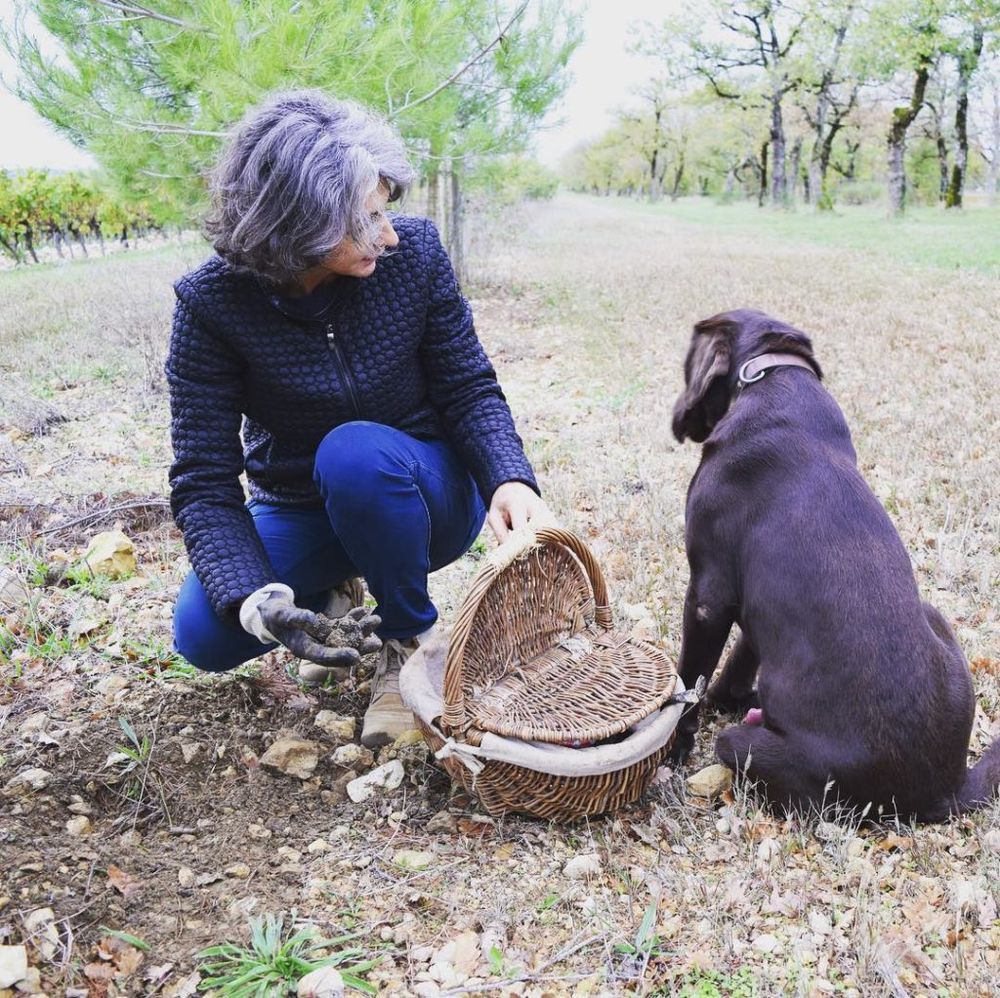
Over 100 new oak trees have been planted at Château Haute-Serre. Gastronomy is one key to opening up the potential of Cahors.
So, what of the wine? Can one enforce a metaphorical equivalence and suggest that the famous eponymous ‘black wine’ also captures an essential sense of place with a rich historical perspective? Cahors, ah yes Cahors, I know that one… it’s thick and rustic and unbelievably tannic for its first 30 years… not for me! There is indeed a vestigial reputation, a name recognition which is in this instance somewhat unhelpful. Many of the wines from the South West, Gaillac, Madiran and Jurançon amongst others, are, it seems, well known by name and thereafter often studiously avoided. But why?
In essence because the wines are indeed cerebrally quite challenging and yes, they can be frighteningly tannic. In 1310, however, they were all the rage and, amazingly, made up half of all exports to England, where, clearly, the Plantagenets were unphased by the rigorous style…. in fact quite the reverse.
The region was particularly badly hit by phylloxera in the nineteenth century and took longer than most to recover, its surface area less than 300 hectares as late as 1978. Only latterly has there been something approaching a renaissance, with individuals such as Georges Vigouroux at Château de Haute-Serre in the vanguard; together with producers such as Du Cédre, Clos Triguedina, Coutale and Lagrézette, Georges and now his son Bertrand have persuaded the market to re-evaluate the appellation and to acknowledge its extraordinary gastronomical potential.
It does help, in Bertrand’s case, to be the owner of the most beautiful turreted château, located close to some of France’s finest truffles. There is also a hotel and restaurant with Relais and Chateaux accreditation, a new plantation of 1000 oak trees and, every Spring, a pilgrimage to the black-diamond truffle Mecca of Lalbenque.
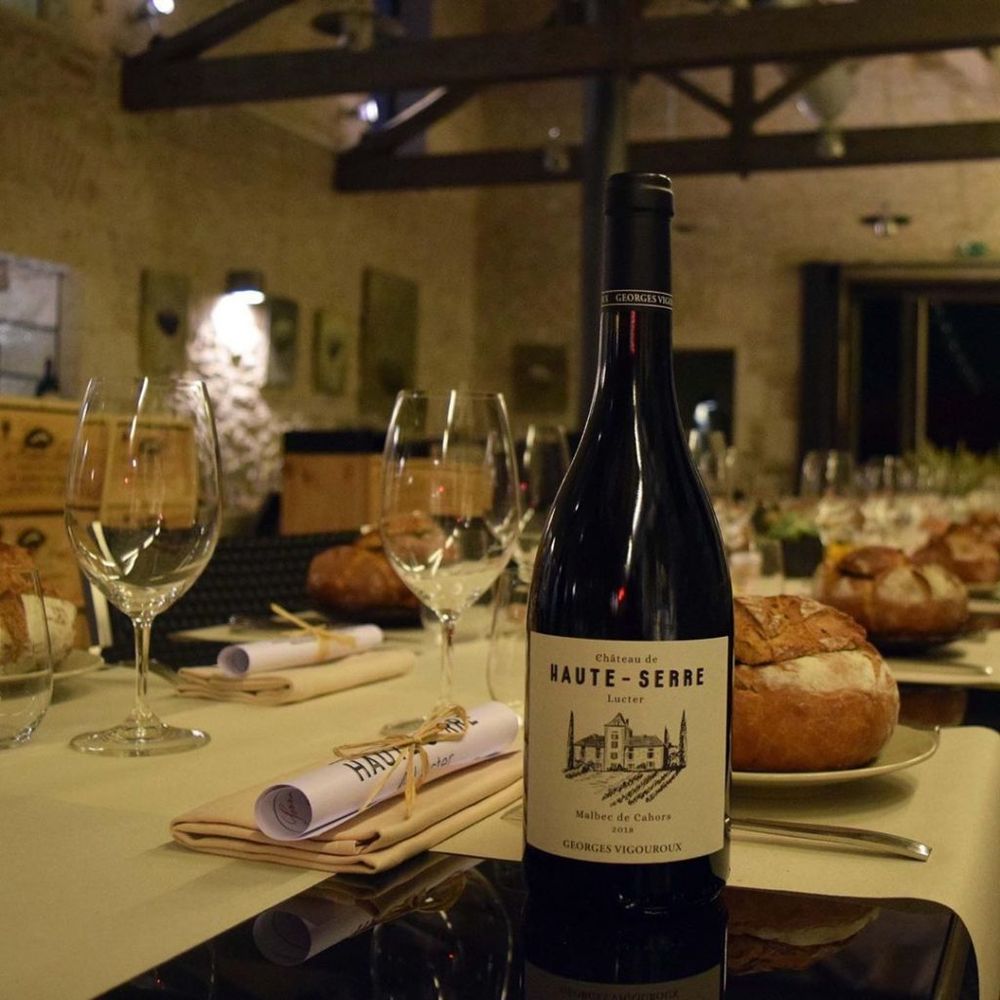
New cuvée from Château de Haute-Serre – Lucter, named after a general who dared to defy Caesar
Oh, and a pretty impressive range of wines. The recommended food-pairing was far from subtle at the UK launch at 45 on Park Lane; the starter was truffle risotto, naturally enough, and for the main course it was a choice of 6 oz filet mignon, or, for the particularly hardy, a 14 oz rib eye. Needless to say, the combinations worked well, both pairing the new release, Lucter and, even more so, with the older wines, which included both the 1988 and the 1990 of the Grand Vin, Château de Haut-Serre.
The Lucter is velvety, violets and blackberry to the fore, the tannins relatively tame, the Grand Vin imposing and powerful for sure, but once again its tannins far from rustic. The overall impression from the wines, indeed, was of a plush embrace rather than a tannic snarl; Bertrand has worked closely with the Argentinian Malbec winemakers in Mendoza and made it his mission to manage the tannins in Cahors without sacrificing the essence of the wine and its key points of difference.
To achieve this he believes in a cold maceration before fermentation, the most gentle of micro-oxygenation thereafter, the careful regulation of fermentation temperatures and a gentle extraction regime, which focuses mainly on remontage. Thereafter the proportion of new oak is modest, his favoured coopers being Francois Frères and Taransaud. Tannins, he says, are most fundamentally managed in the vineyard, where his organic inclinations are matched by increased densities (50% higher than his father), rigorous canopy management, and, of course, diligence in the selection of picking date. The pH in his musts has actually risen (3.8 now compared to 3.5 fifty years ago) but he has few anxieties over global warming and the like and considers this level to be optimal for the overall integrity of his wines.
In addition, he adds both Merlot (7%) and Tannat (3%) to the Grand Vin (the minimum amount of Malbec in Cahors must be 70%), softening and adding complexity. The second wine Géron Dardine (named after the 16thCentury owner) and the new wine Lucter (named after a Gallic chief who dared to defy Julius Caesar) are both 100% Malbec, however, the silky soft texture of the latter achieved, most impressively, by whole bunch fermentation and the gentlest of extractions.
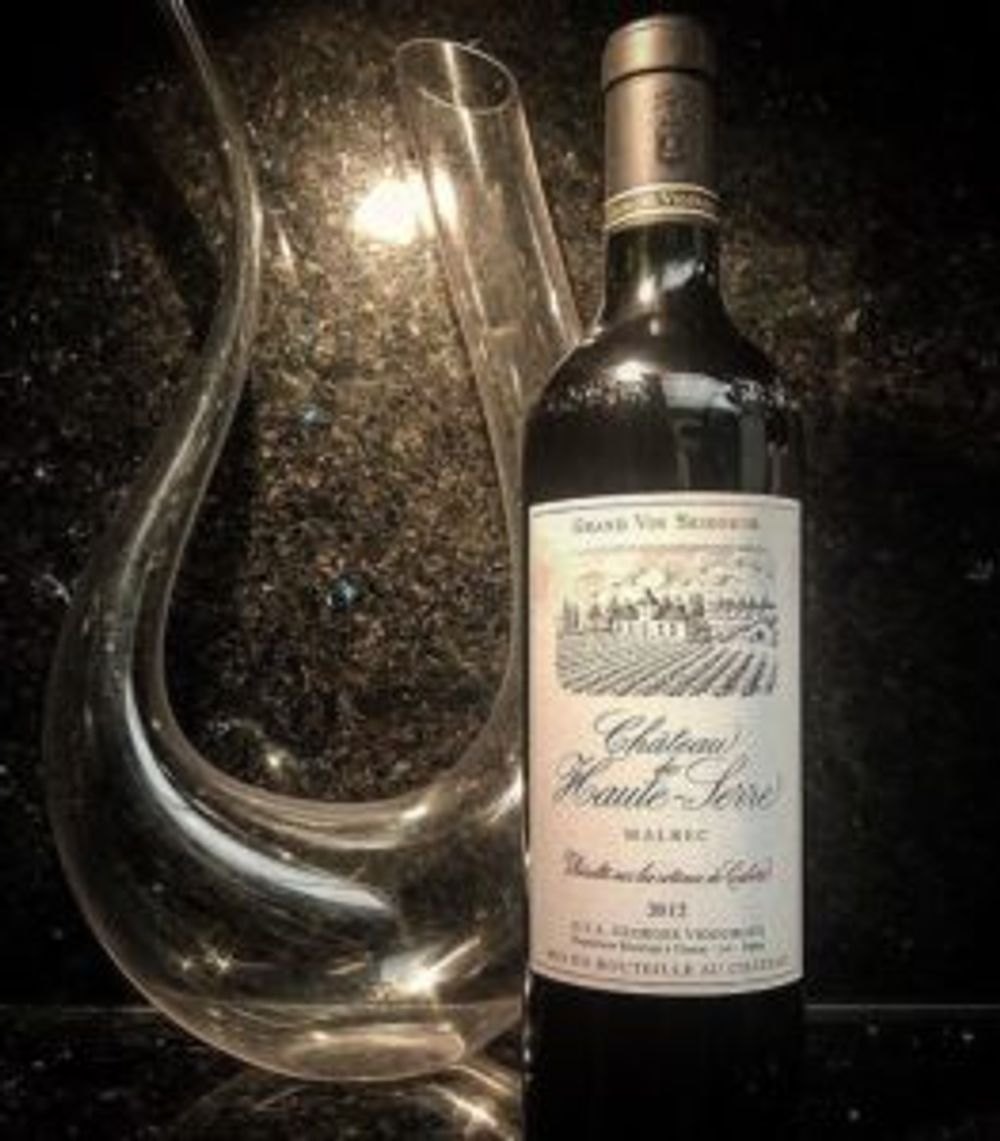
At the other end of the scale the two senior Grand Vins proved more than a match for the rib eye: colour hardly compromised by time, a regal episcopal smile, the aromatics of violets, lavender and licorice, now with the faintest hint of tobacco and gunpowder, hints of truffle (needless to say) and thereafter a structural grandiloquence to defy both the passage of time and the siren calls of the legion of sceptics who only remember what Cahors was once supposed to be, but probably never was. These wines are careless of such a reputation and are most definitely ripe (the word is chosen deliberately) for serious reappraisal.
The wines of Château de Haute-Serre are imported into the UK by Enotria&Coe


